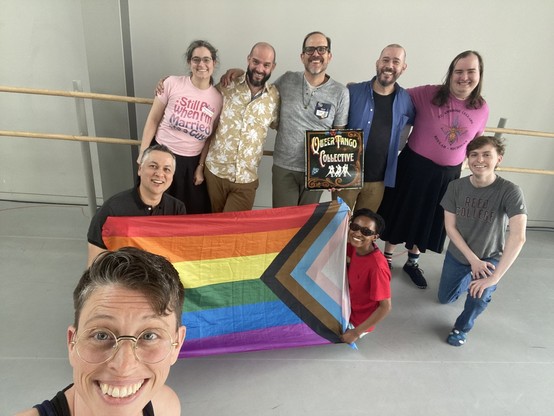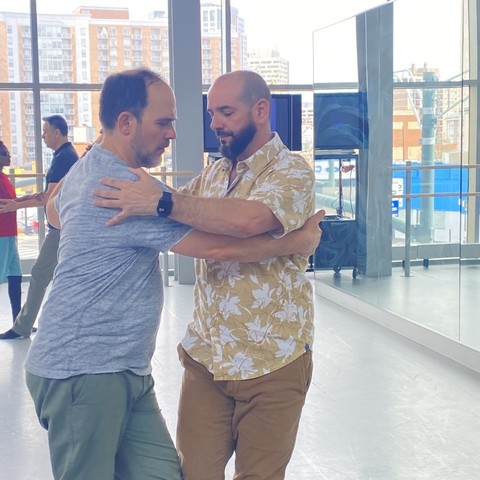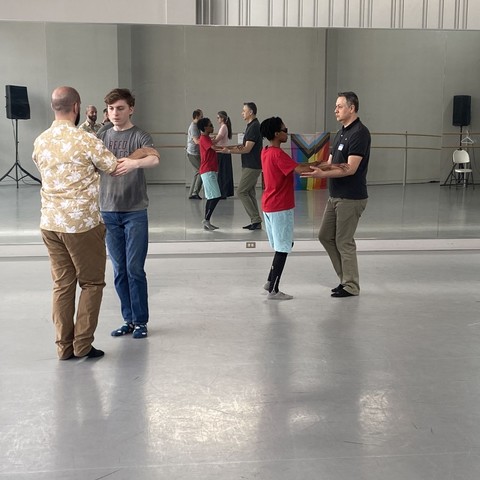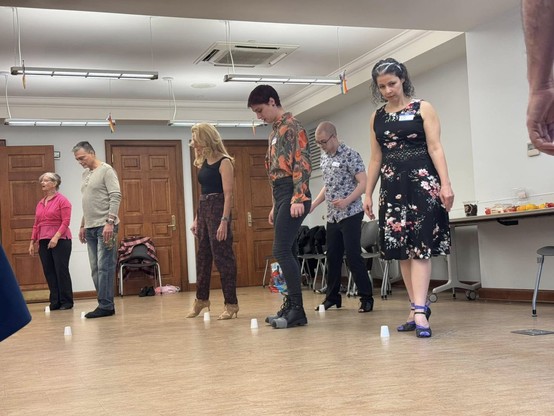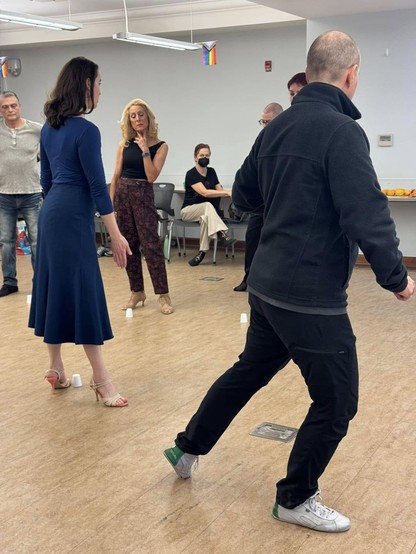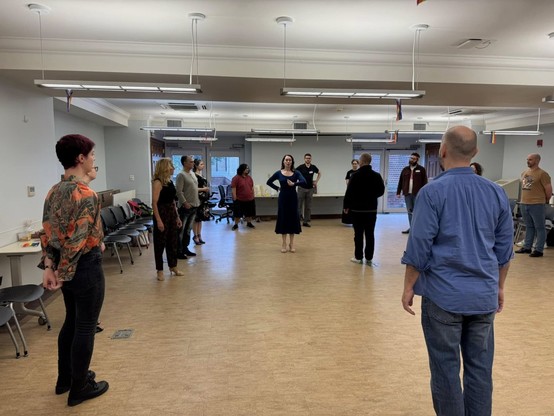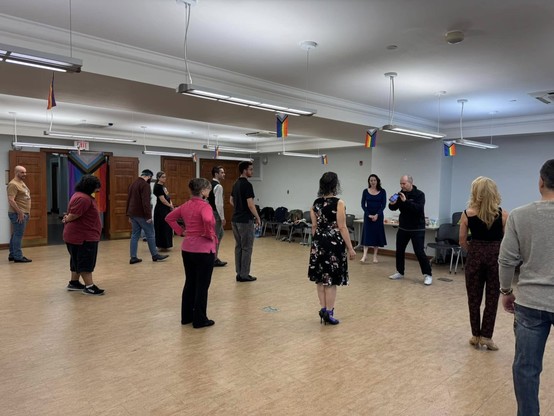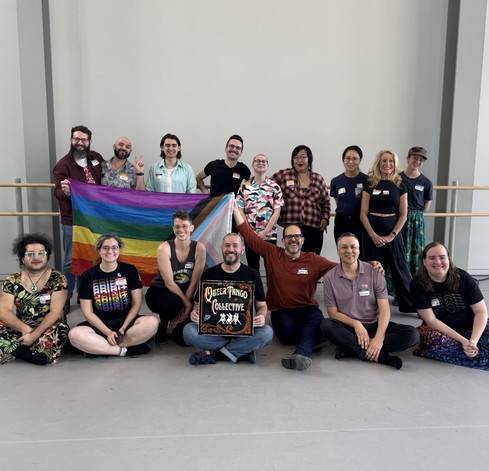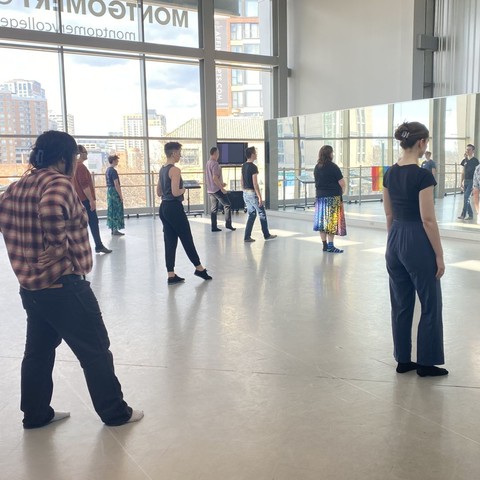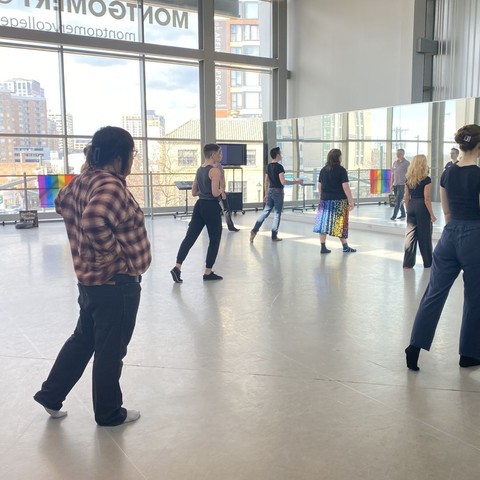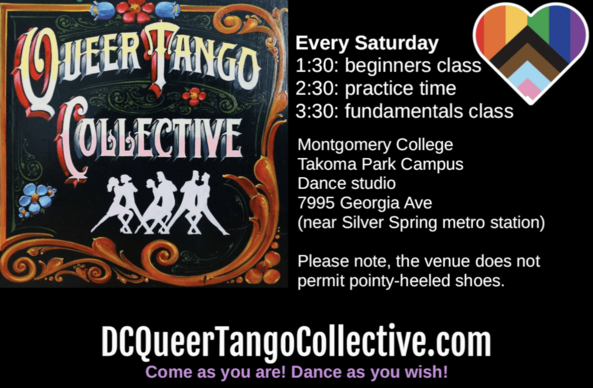#queerTango #tangoQueer #tango #queer #queerDance #queerJoy #queerDC #DC #WashingtonDC #DMV #SilverSpringMD #TakomaPark #TakomaParkMD
Recent searches
Search options
#queertango
#queerTango #tangoQueer #tango #queer #queerDance #queerJoy #queerDC #DC #WashingtonDC #DMV #SilverSpringMD #TakomaPark #TakomaParkMD
#tango #tangoArgentino #ArgentineTango #tangoQueer #queerTango #queerDance #queer #WashingtonDC #DC #DMV
#dance #queerDance #queerTango #tango #tangoQueer #SilverSpringMD #WashingtonDC #DMV #MontgomeryCounty #MoCo #MontgomeryCountyMD #queer #queerDC #queerDMV #TakomaPark #TakomaParkMD
52 hours after they came in the mail, I have already distributed 100 queer tango fliers. I really should’ve gotten more. I left little piles in 8 queer bars plus a cafe known for hosting progressive events. 100 was nowhere near enough. The piles got progressively smaller.
I figure recruiting more queer folks to tango is likely to be more effective than recruiting more tango folks to queer.
Please note, no street shoes or stiletto heels are permitted on the dance floor. Dance shoes with flat or chunky heels are fine, and socks are a great option.
Thank you to Montgomery College's Department of Visual and Performing Arts for their space partnership.
#dance #queerDance #queerTango #tango #tangoQueer #tangoDobleRol #SilverSpringMD #WashingtonDC #DMV #MontgomeryCounty #MoCo #MontgomeryCountyMD #queer #queerDC #queerDMV #TakomaPark #TakomaParkMD
“…we have also discussed how cis-gendered gay people can still access such straight spaces somewhat comfortably, as opposed to trans or non-binary or gender non-conforming or disabled bodies. These considerations of sensitive inclusion are strangely assumed to be on the shoulders of the queer community and not with straight spaces. I find this division of labour quite perplexing.”
https://queertangobook.org/tango-joy-from-bengaluru-india/
#tango #queerTango #tangoQueer #ArgentineTango #tangoArgentino #queer #queerDance #dance
Huh, ya know, I don’t think any queer teacher has ever told me not to lead in heels, either. Straight ones definitely have.
Yes, leading in heels is harder because balance in them is harder. Queer teachers tell me to turn out my toes and bend my knees and analyze how I’m shifting my weight and the angle of the hips. They all know Lily Chenlo is one of the world’s best leaders and always in heels.
Straight teachers tell me to buy flats.
#QueerTango #tango
Talking about technique and queer tango and mainstream tango and what technique means…
I said I don’t think I’ve ever had a queer teacher tell me to tweak something “because it’s pretty” (like I’ve had straight teachers say). Queer teachers tell me to change things with warnings about future joint pain (for me or my partner) or because something is uncomfortable for the partner or to help with balance (so I don’t fall): functional things.
#QueerTango #tango
New word learned in the beginner discussion group:
Chateceo: that “hey, you wanna?” at the beginning of a tanda after chatting with someone, to get around the difficulty of cabeceo (especially as a beginner or as someone whose dance role doesn’t match traditional dance roles in a traditional space).
Alex Pacheco is introducing the topic of technique.
Levelism is something we think is bad but still creeps in from straight tango.
And technique can be important for not getting hurt but also a thing we can be snobby about.
And do we want to keep cabeceo? With cabeceo you ignore people you don’t want to dance with, and is that bad for community?
Karen just introduced today’s discussion by saying that part of #QueerTango culture is that at large events we have community discussions about what kind of culture we want to build.
At Íntimamente queer tango marathon in Brooklyn
#tango
Women who lead in tango aren’t particularly rare. There are usually more women than men in milongas, so nobody is particularly surprised to see women dancing with each other. I think outside of queer tango, it’s generally assumed that this is a matter of settling for a woman when a man isn’t available.
You know what really makes people stare in confusion? A man and woman dancing together, with her leading and him following.
I keep being asked what’s my favorite thing about leading in Argentine tango.
Everyone laughs when I say “I get to dance with more girls”
BUT HAVE THEY SEEN GIRLS???


